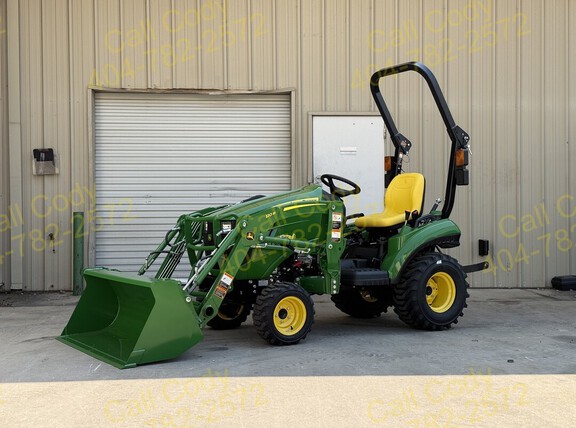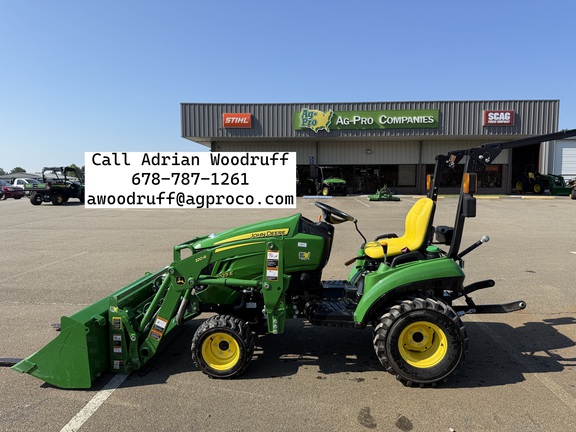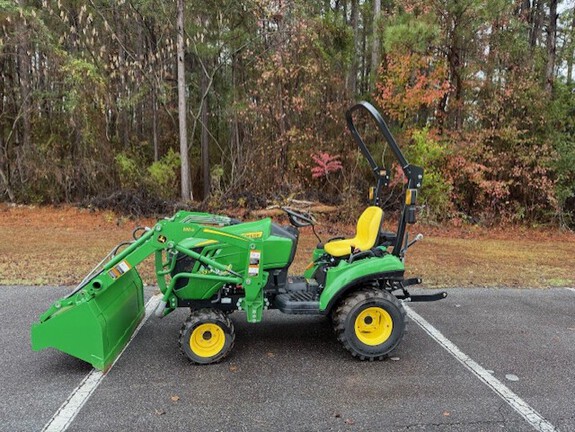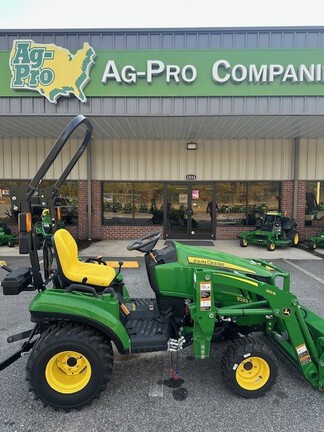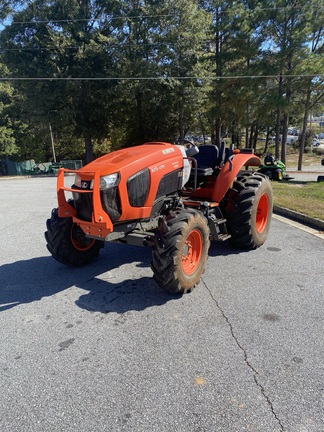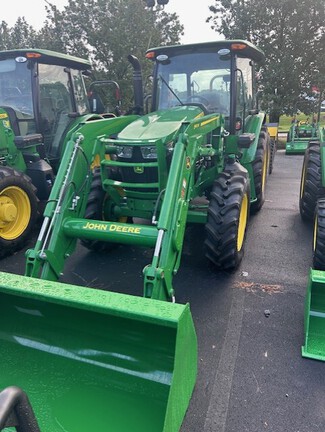What Is a Utility Tractor?
A utility tractor is a versatile agricultural or industrial vehicle designed for a wide range of tasks, including farming, landscaping, construction, and property maintenance. These tractors are characterized by their compact size, maneuverability, and versatility, making them suitable for various applications.
What Are Popular Brands of Utility Tractors for Sale?
What Can a Utility Tractor Be Used For?
Utility tractors are highly versatile machines capable of performing various tasks across different industries. Some common uses of utility tractors include:
Landscaping: Utility tractors are often employed in landscaping tasks such as mowing, tilling, grading, and soil preparation. They can be equipped with attachments like mowers, tillers, and box blades to maintain lawns, gardens, and other outdoor spaces.
Agriculture: In agriculture, utility tractors are used for a wide range of tasks, including planting, cultivating, spraying, and harvesting crops. They can tow implements like plows, seeders, sprayers, and hay balers to assist in farm operations.
Property Maintenance: Utility tractors are essential for maintaining properties such as farms, estates, parks, and golf courses. They can be used for tasks like clearing brush, hauling materials, grading roads, and snow removal during winter months.
Construction: Utility tractors play a role in construction projects by assisting with tasks such as site preparation, excavation, grading, and material handling. They can be equipped with attachments like loaders, backhoes, and trenchers to perform various construction tasks efficiently.
Material Handling: Utility tractors are used for transporting materials and equipment on job sites, farms, and warehouses. They can tow trailers, carry loads, and assist in loading and unloading tasks using forks or buckets.
Forestry: In forestry operations, utility tractors equipped with forestry attachments are used for tasks such as clearing land, hauling logs, and maintaining forest roads. They can be fitted with grapples, winches, and brush cutters to handle forestry work efficiently.
How Many Hours Does a Utility Tractor Last?
Utility tractors are built to last and can typically last for thousands of hours, depending on usage and maintenance. With proper care and regular maintenance, a utility tractor can easily last for 10-15 years or more. It’s important to follow the manufacturer’s recommended maintenance schedule and keep the tractor clean and well-lubricated to ensure it runs smoothly and lasts as long as possible. When shopping for a utility tractor, be sure to look for models with a reputation for durability and reliability to get the most value for your investment.
What Maintenance Do I Need to Do Regularly on a Utility Tractor?
Regular maintenance is essential for a utility tractor’s optimal performance and longevity. This includes checking and replacing engine oil and filters, inspecting coolant levels, and ensuring hydraulic systems are clean and leak-free. Grease fittings, monitor tire condition, and inspect the battery regularly. Adhering to the manufacturer’s maintenance schedule outlined in the manual ensures all necessary tasks are completed timely. These steps keep the tractor in top condition, reducing downtime and ensuring safe operation over time.

What Size Is a Utility Tractor?
Utility tractors come in various sizes, but they are generally smaller and more compact compared to larger agricultural tractors. The size of a utility tractor can vary depending on factors such as horsepower, weight, and dimensions.
In terms of horsepower, utility tractors typically range from about 20 to 100 horsepower, although there are models with higher horsepower ratings available. The physical size of a utility tractor can vary based on its horsepower and intended use. Smaller utility tractors may have dimensions of around 5 to 7 feet in width, 10 to 15 feet in length, and 5 to 7 feet in height. Larger utility tractors may have slightly larger dimensions, but they are still smaller and more maneuverable than many larger agricultural tractors.
Why Should I Buy Used Utility Tractors for Sale?
Buying used utility tractors offers cost savings, as they’ve already depreciated and are more affordable than new ones. With a wide selection available immediately, you can find models with proven reliability, and negotiate better deals with sellers. It’s a practical option, offering flexibility and quick acquisition, provided you conduct thorough inspections and consider maintenance history.
What Is the Difference Between a Utility Tractor and a Compact Utility Tractor?
The difference between a utility tractor and a compact utility tractor lies in size, horsepower, and intended use. Compact utility tractors are smaller, with horsepower typically ranging from 20 to 60, suited for smaller properties and light tasks like mowing and tilling. Utility tractors are larger, with horsepower ranging from 40 to over 100, capable of heavier agricultural work and handling larger properties. Both can use various implements, but compact models are more lightweight and versatile for smaller-scale projects, while utility tractors are designed for larger-scale operations.
Video: Compact Tractors Vs. Utility Tractors: Which Is Right For You?
Need a Compact Tractor?
Check out Compact Tractors For Sale on BuyFleetNow.com
Recent Equipment News
MEC MME25 Review: Specs, Features & Industry Perspective
MEC MME25 Review: Specs, Features & Industry [...]
Help Name FleetNow’s New Rental Platform—Get a Free Shirt That’ll Turn Heads on the Jobsite
A new rental + inventory platform is coming–built by [...]
Construction Equipment Trends 2025: Inside Q1–Q2 Demand & What It Means for You
Table of Contents Top 10 Categories Q1 vs [...]





